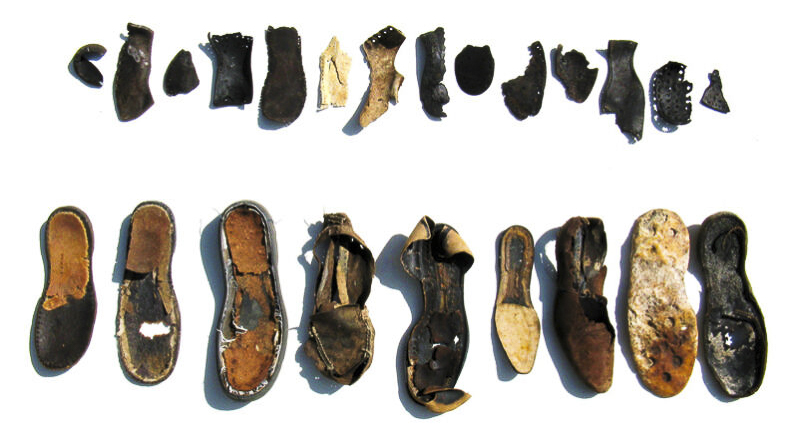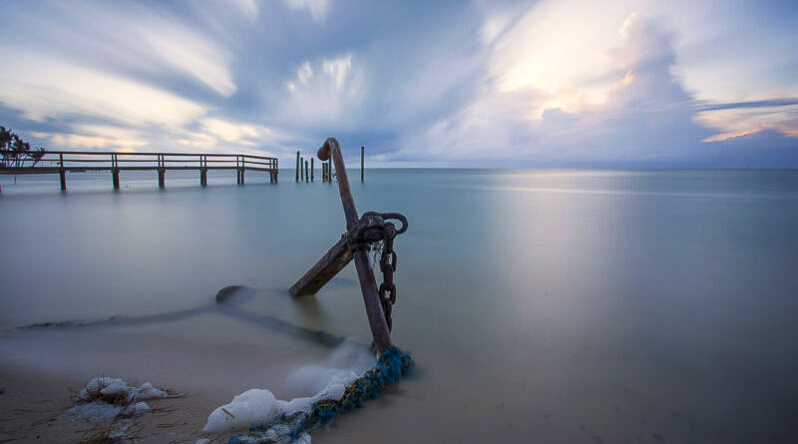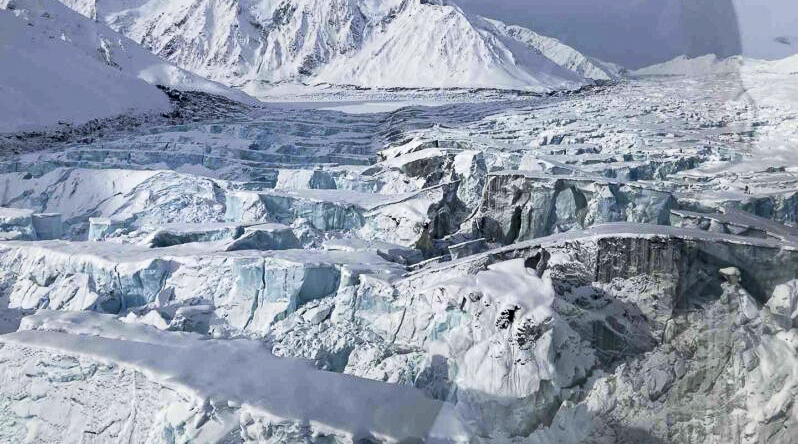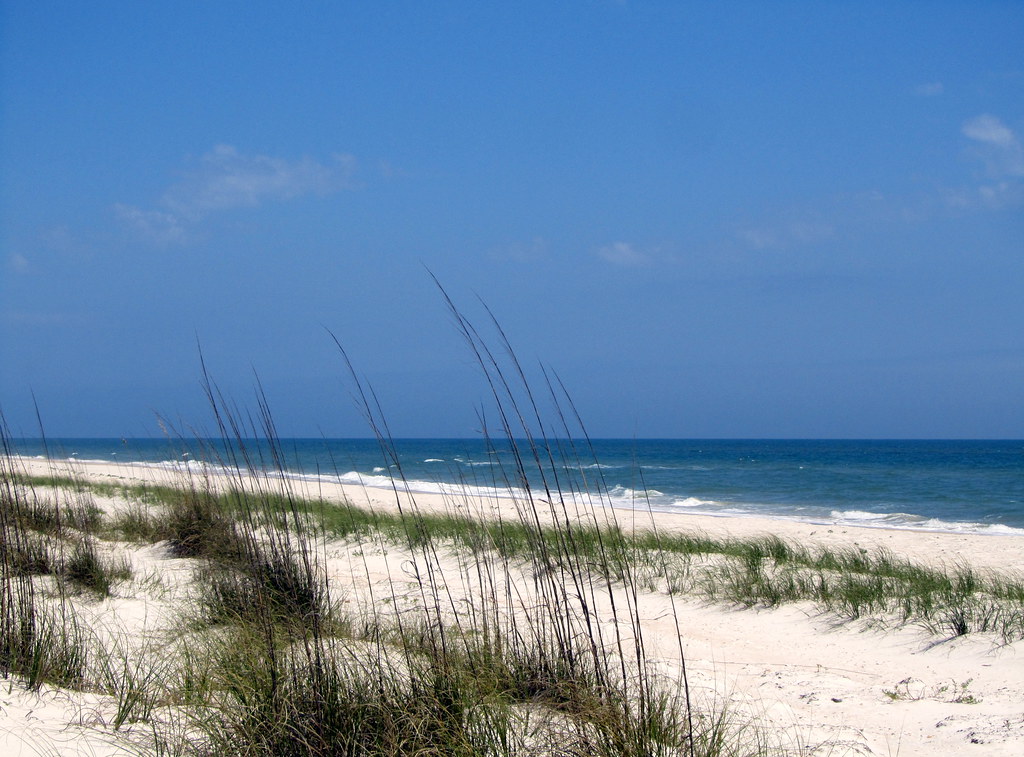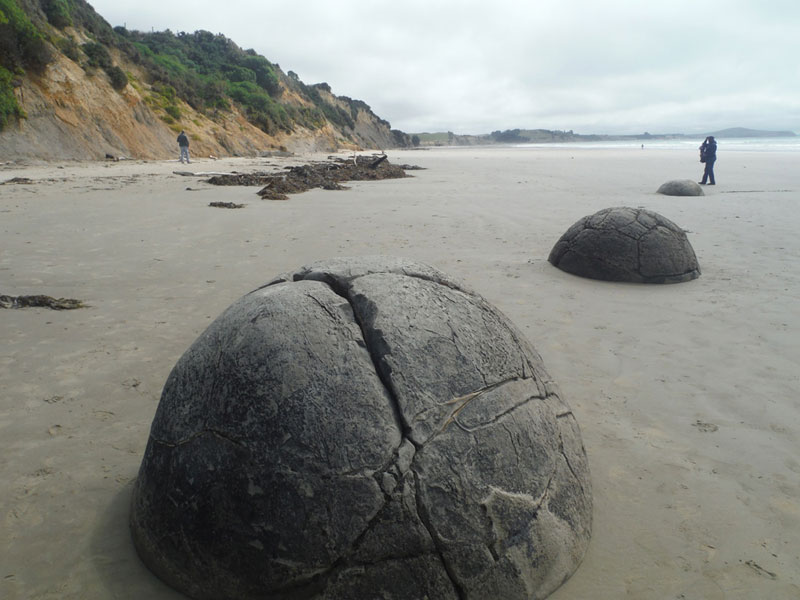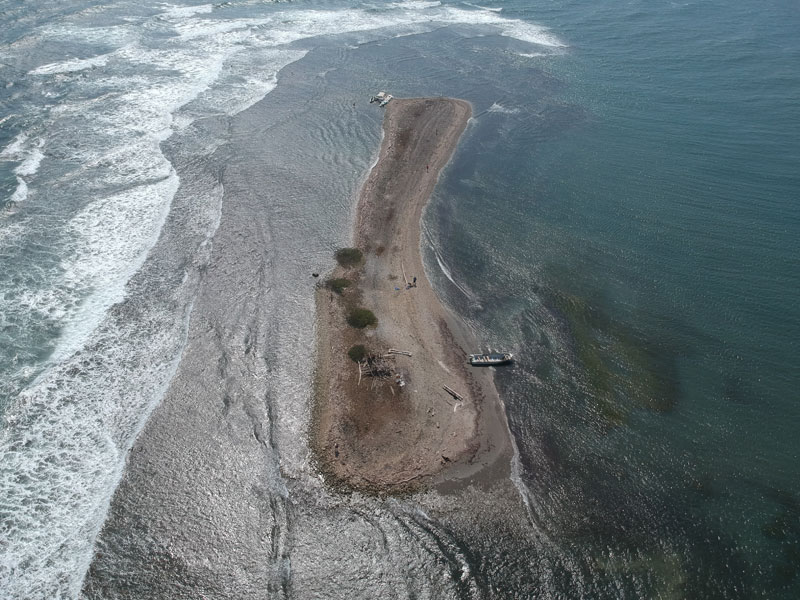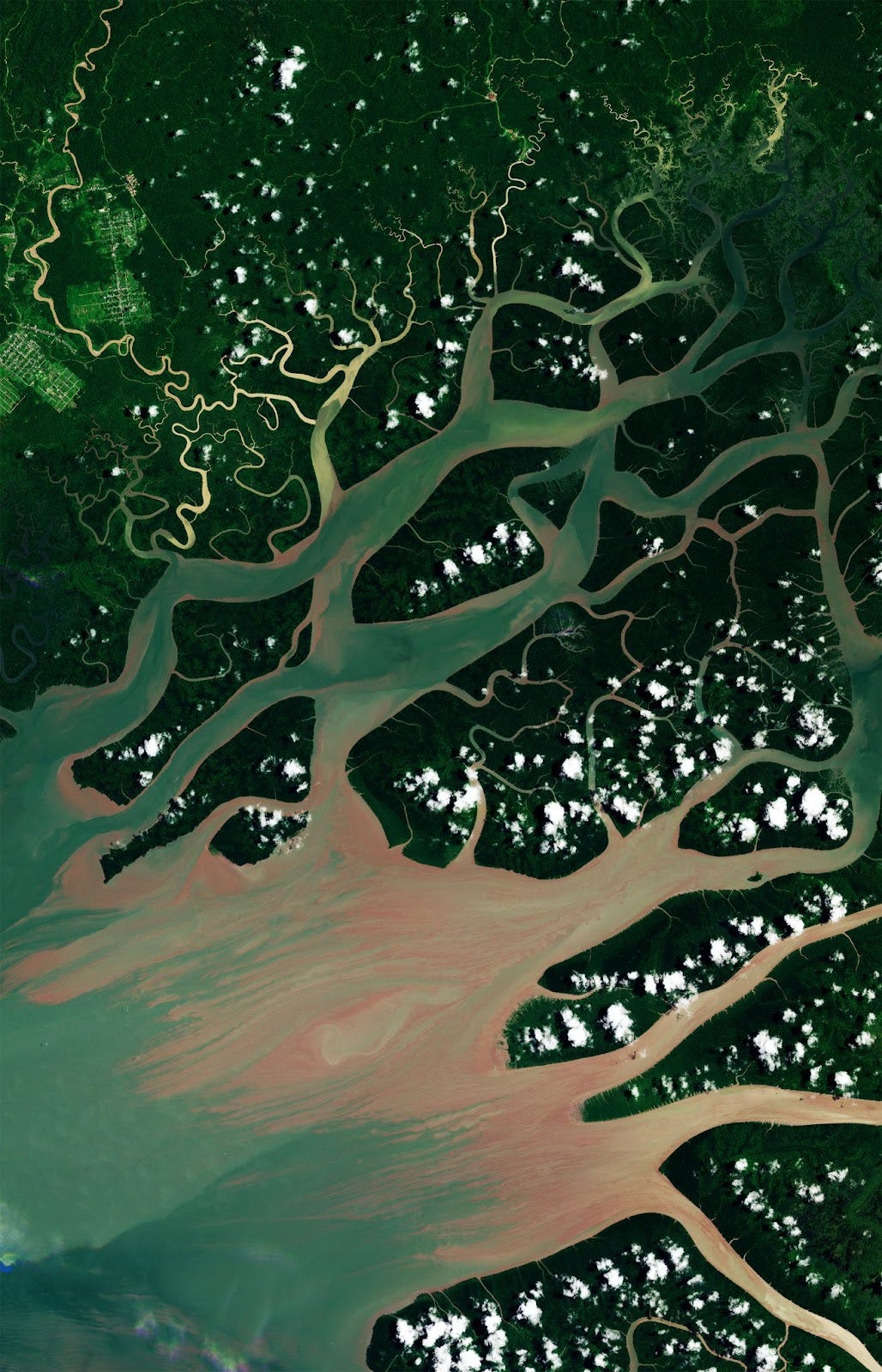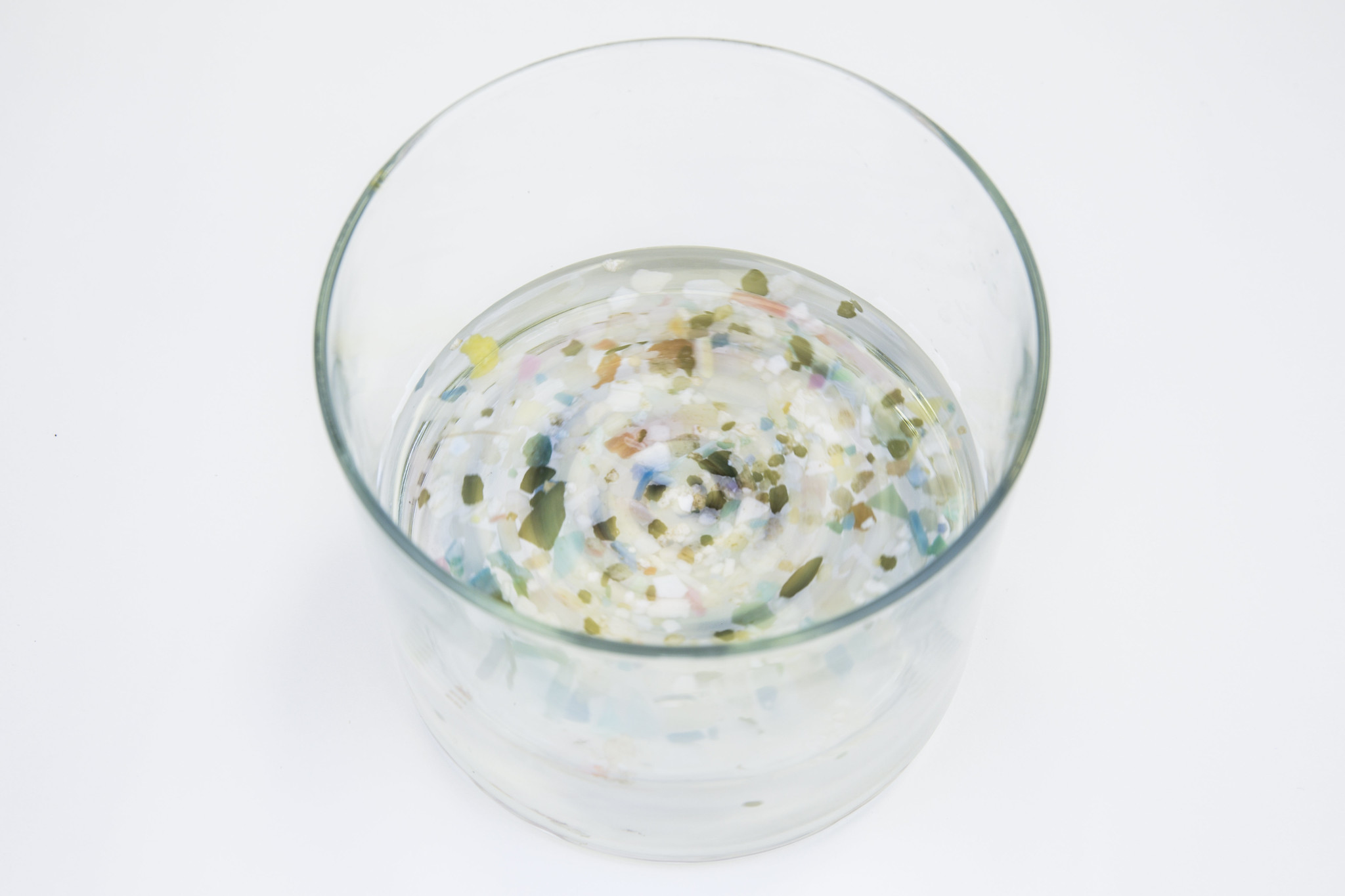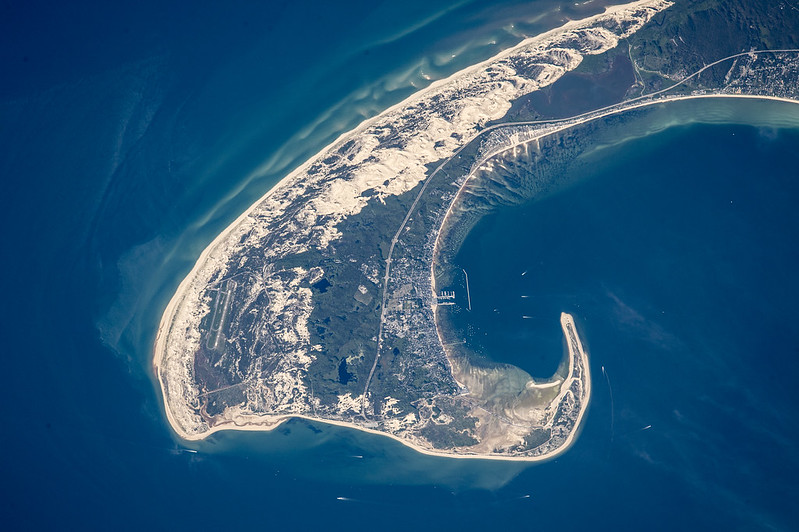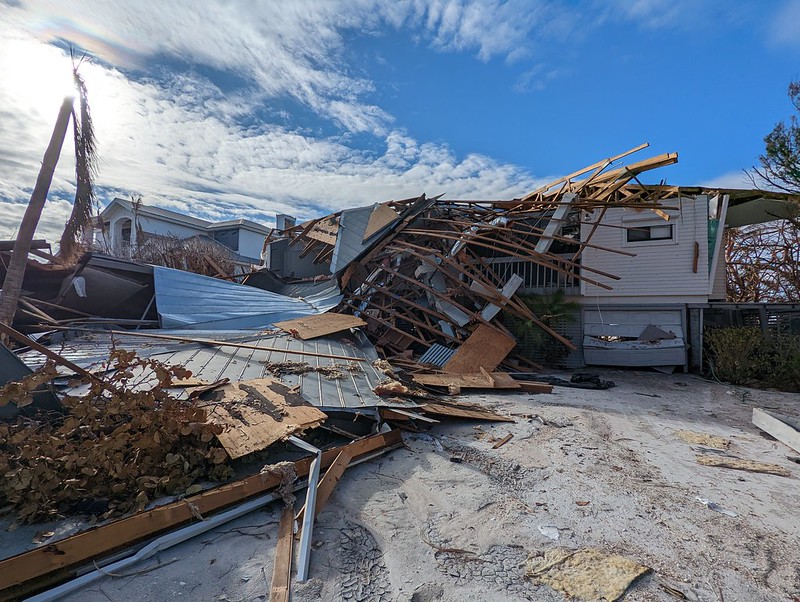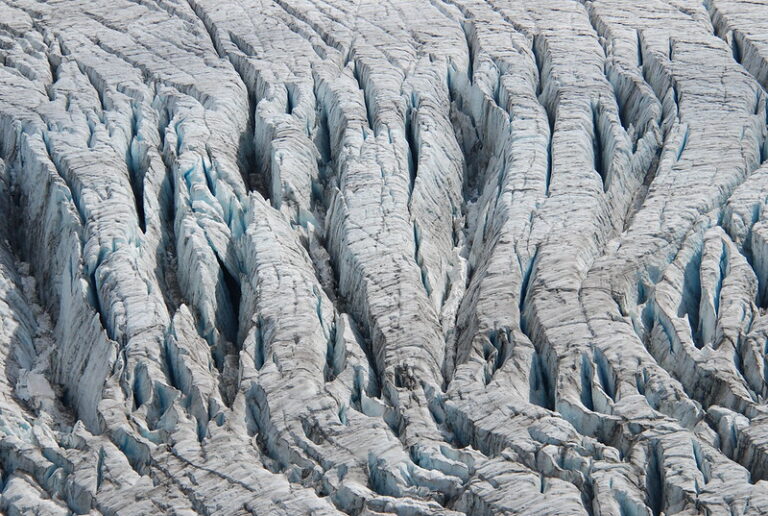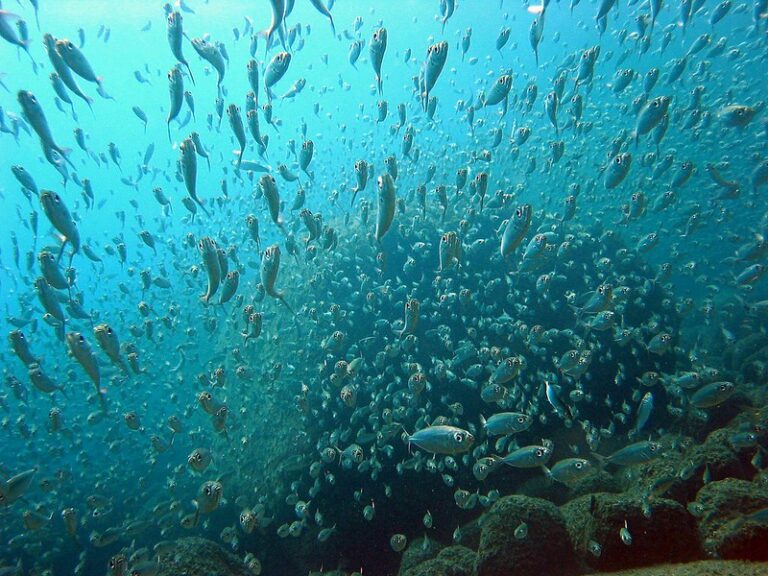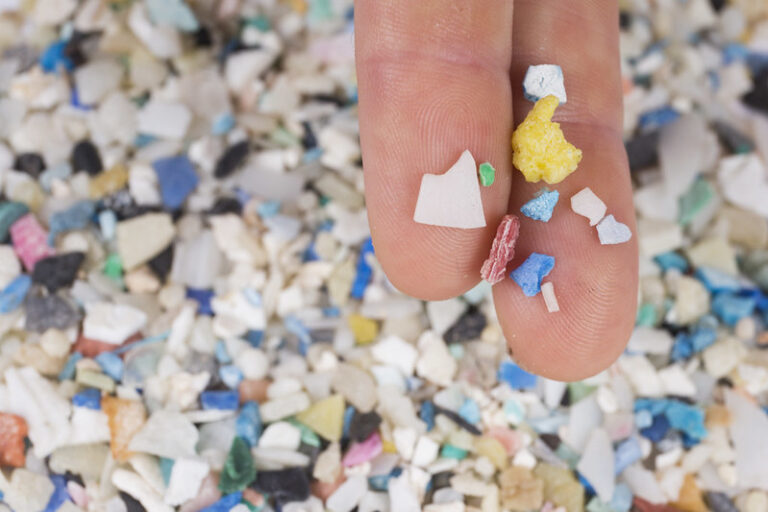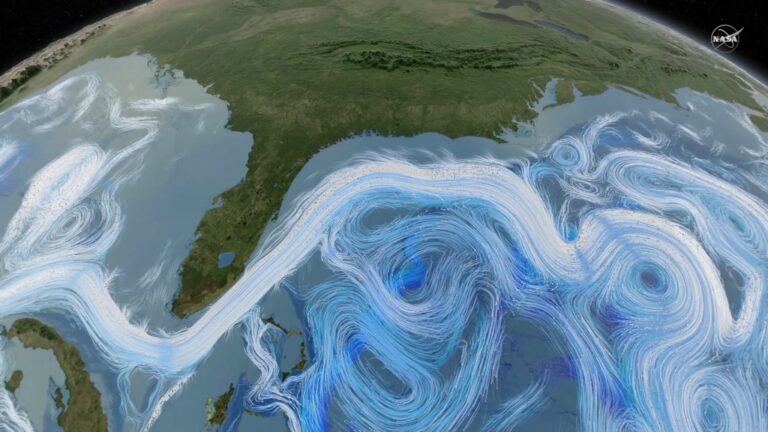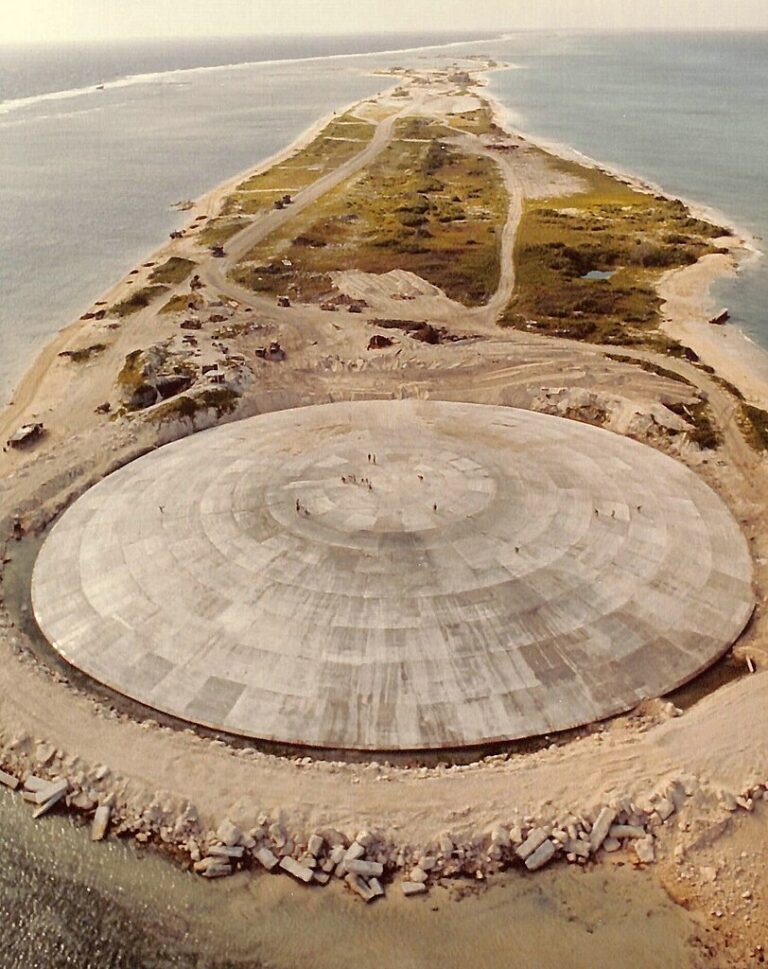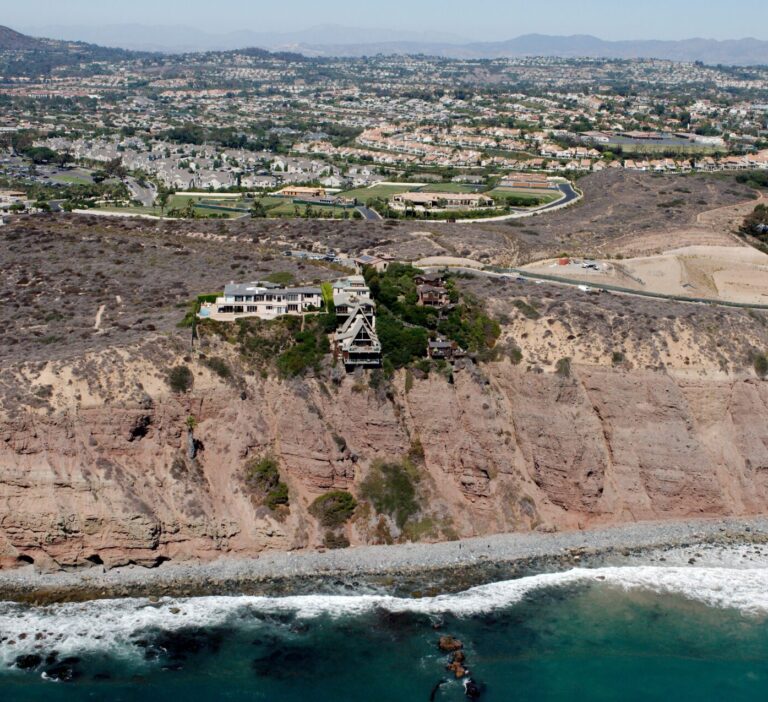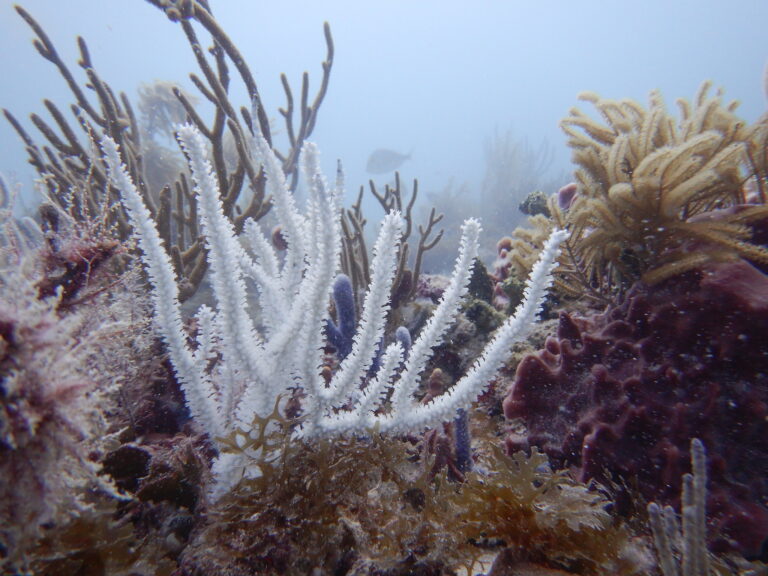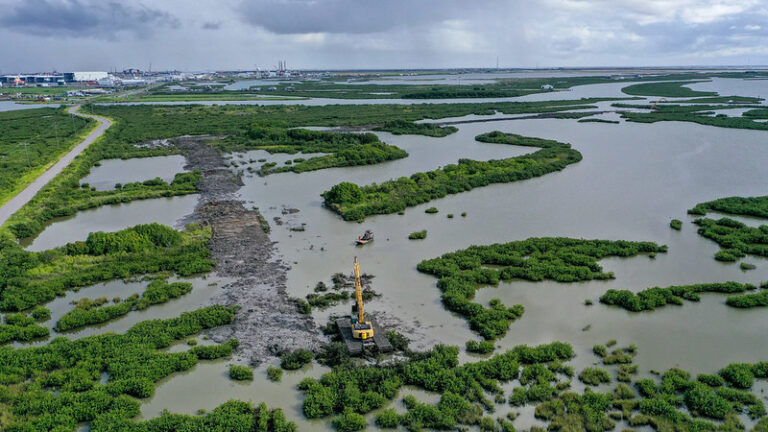Excerpt:
A stretch of Highway 1 in Big Sur is closed indefinitely after the southbound lane eroded during last weekend’s rainstorm, bringing uncertainty to the communities that rely on the road for transportation.
The Pacific Surfliner train runs along some of the most spectacular coastline in America, traversing Southern California bluffs and beaches while ocean waves crash on the golden sand nearby.
Soon, some fear it might fall into the ocean.
Rising sea levels and powerful storms are eating away at the ground holding up the tracks on the second most popular Amtrak rail corridor in the U.S. The route runs 351 miles from San Diego through Los Angeles to California’s Central Coast and is also used by freight and commuter trains.
The erosion has caused landslides that shut down the Surfliner at least a dozen times in the past six years.
During the shutdowns, engineers have installed boulders, steel pilings and concrete walls that allow the Surfliner to operate again—but only temporarily. Despite the $140 million they have spent on repairs, officials say a more costly, permanent fix is needed because climate change is going to keep pushing up sea levels and making storms more intense.
“Ultimately, these things fail,” said Patrick Barnard, a research geologist with the U.S. Geological Survey. “The water rises and the shoreline wants to move inland.”
Around the U.S., civil engineers are fighting to save hundreds of billions of dollars of coastal infrastructure. Few places are more threatened than California, where transportation routes, homes and businesses built along the Pacific Ocean have long been part of the Golden State’s identity.
In the Central California resort town of Big Sur, officials urged residents to evacuate Wednesday as a storm threatened damage to coastal Highway 1, part of which already collapsed recently. That route has been affected by landslides about 50 times since 2009, and the frequency is growing.
Last year, the California Transportation Department moved a nearly one-mile stretch of Highway 1 in Sonoma County, north of San Francisco, inland and away from bluffs that threatened to crumble beneath it.
To get the Pacific Surfliner on safer ground for the long run, nearly everyone agrees it needs to relocate away from the ocean. Officials are considering moving several particularly vulnerable miles inland through the upscale San Diego suburb of Del Mar and the South Orange County city of San Clemente. The total cost would be billions of dollars.
Those plans have drawn opposition, particularly in Del Mar, where proposed tunnels under homes have caused residents to worry about everything from noise to vibration to a hazardous spill from a freight train.
“We don’t want to trade off one unsafe situation for another,” said Dave Carey, a Del Mar homeowner and member of a citizens group called Coalition for Safer Trains.
Amid the local opposition and questions about how government agencies would split costs, officials expect the track relocation process to take years or even decades. Meanwhile, the risks to the Pacific Surfliner only grow.
“There is no easy answer,” said Chad Edison, chief deputy secretary for rail and transit of the California State Transportation Agency. “In all cases, we have to buy time…”
Excerpt:
2,000 people were stranded recently when a chunk of Highway 1 fell into the sea near Big Sur. The solution may lurk in an unlikely place: Yorkshire
The first time Gary Griggs drove the Pacific Coast Highway, it was the early 1960s. He was a college student heading north to San Francisco for the weekend with his girlfriend in an elderly Volkswagen van, occasionally getting out to give it a push.
“At that point not that many people drove the highway,” Griggs, who is now an expert on coastal erosion, said. Near the southern end, where the highway begins its run up the edge of a furious ocean, atop cliffs and beneath steep mountains, “people coming down that had just made it would wave to you, [as if to say:] ‘Good luck!’” he said.
Since then generations of engineers have strengthened it with buttresses, bridges and tunnels, and it has become one of the most famous roads in the world. Yet driving it can still be a dicey proposition and there are now questions over whether the highway can survive at all.
Last Saturday, after days of heavy rain, a chunk of the road in Big Sur vanished down a cliff side into the sea, and up to 2,000 people were stranded. Since then the California department of transportation has been leading twice-daily convoys of motorists who wish to make their way south, heading along a single lane past the place where a large bite of tarmac is missing.
There is one convoy at 8am and one at 4pm, said Nicholas Pasculli, a spokesman for Monterey County. Over the weekend the county opened a shelter in a conference centre in Big Sur, where stranded people could stay. About 450 people stayed in camp grounds, he said. “And of course a lot of people camped out in their cars overnight.”
Convoys to get people in and out began on Sunday and will continue, “weather permitting”, he said. “Right now the weather is great,” he said. But later in the week, particularly on Friday, it looks like rain.
Daniel Swain, a climate scientist at the University of California, Los Angeles, said it was only the latest and not the largest piece of the highway to go missing in recent years. “It’s just that it occurred at a pinch point,” he said. “Would you want to drive the other lane that hasn’t yet slipped into the ocean? It’s correctly viewed as a risky proposition.”
A relatively small population lives along the road, and some are multimillionaires. But there are also, he said, “folks who are not wealthy who live in the canyons that come off the highway”. And “for some of these places there isn’t alternative access by road. There have been periods in the last decade where people have had to hike out.”
It offers a more dramatic and picturesque vision of the knotty choices that will face millions more in big coastal cities. “It’s a major state highway that runs along huge cliffs over the water,” he said — they are under constant assault by the ocean.
“Those cliffs are often the first thing the waves hit after travelling from the south Pacific ocean thousands of miles away,” he said. On the other side of the road, “the Big Sur mountains rise directly out of the ocean thousands of feet into the air”, lifting the rivers of cloud sweeping in off the Pacific and prompting rain. The road would be in a delicate situation “even if there was no climate change”, he said. “That’s how geography works.”
Even as climate change is causing heavier rain and rising sea levels, Swain does not like the idea of abandoning the road. “It’s not really clear what we should do about it,” he said…
Additional Reading:
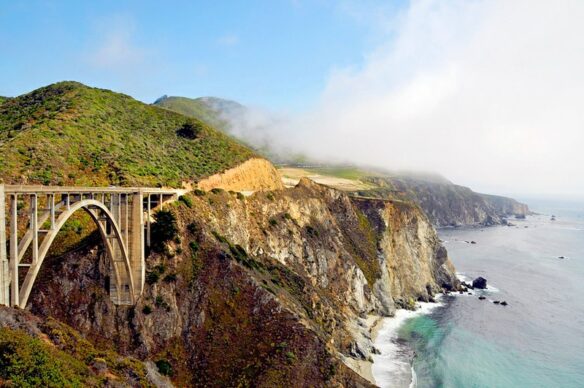
Why Highway 1 Near Big Sur Is Always Collapsing Into The Ocean – LAist
About 2,000 motorists, mostly tourists, were stuck in the area on Saturday night after a section of Highway 1 fell into the ocean. No injuries were reported….
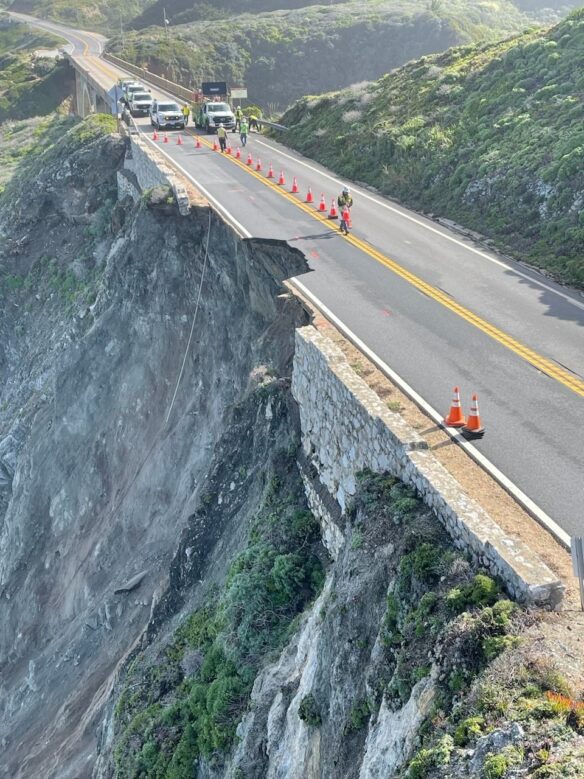
Travelers Stranded by Highway Collapse Begin to Leave Big Sur – the New York Times
About 2,000 motorists, mostly tourists, were stuck in the area on Saturday night after a section of Highway 1 fell into the ocean. No injuries were reported….
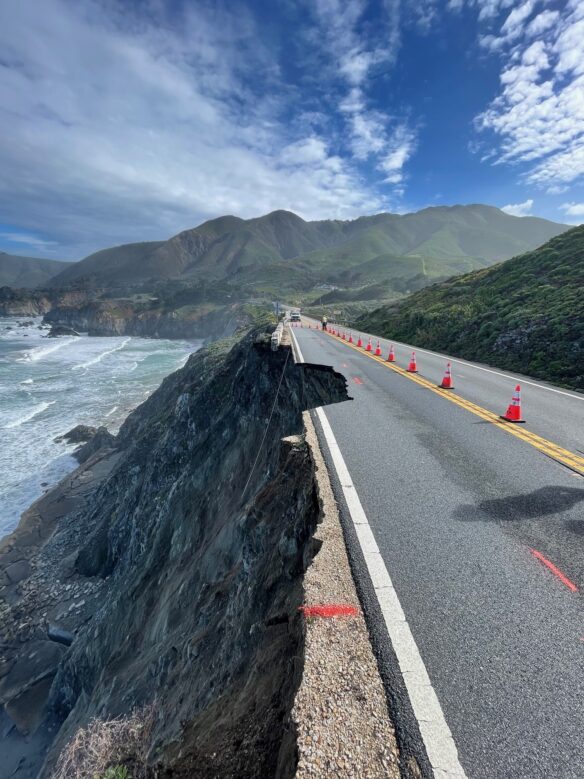
California’s Highway 1 road conditions will only get riskier, experts say – the Guardian
Chunk of famed route crumbled into sea causing another closure, and conditions are expected to only worsen with climate crisis…
SHARE THIS ARTICLE
Beaches | Coasts of the Month . . .
Photos of the Month . . .
In anticipation of a live forum at the Pedro Point Firehouse in Pacifica California with Rosanna Xiaa, a Los Angeles Times environmental reporter and author of “California Against the Sea,” and coastal geology expert and professor Gary Griggs, held on Sunday, March 3, 2024, Tribune intern and Oceana High School student Tyler Paing, sat down with Griggs to explore the topic of coastal erosion for California and what it means for Pacifica…
CURRENT NEWS + RECENT POSTS

2022 Six Part Series on “Sand Dealers” – Le Monde

Manila Confronts Its Plastic Problem – EOS




